
The Magical Waters of Panama
By Redacción Panorama de las Américas
Diving in Coiba with an Expert
There are no signs for Pixvae on the highway. This town on the western coast of the Panamanian Pacific is remote, tranquil, spectacular, and wild; it is also just thirty minutes from Panama’s green jewel: Coiba National Park, a UNESCO Natural World Heritage Site.
This is the home of Dive Base Coiba, led by the legendary Kevan Mantell. A professional diver, explorer, and underwater naturalist guide, Kevan has spent more than twenty years exploring and leading groups of scientists, film production teams, and tourists through the waters of the National Park and the Gulf of Chiriquí.
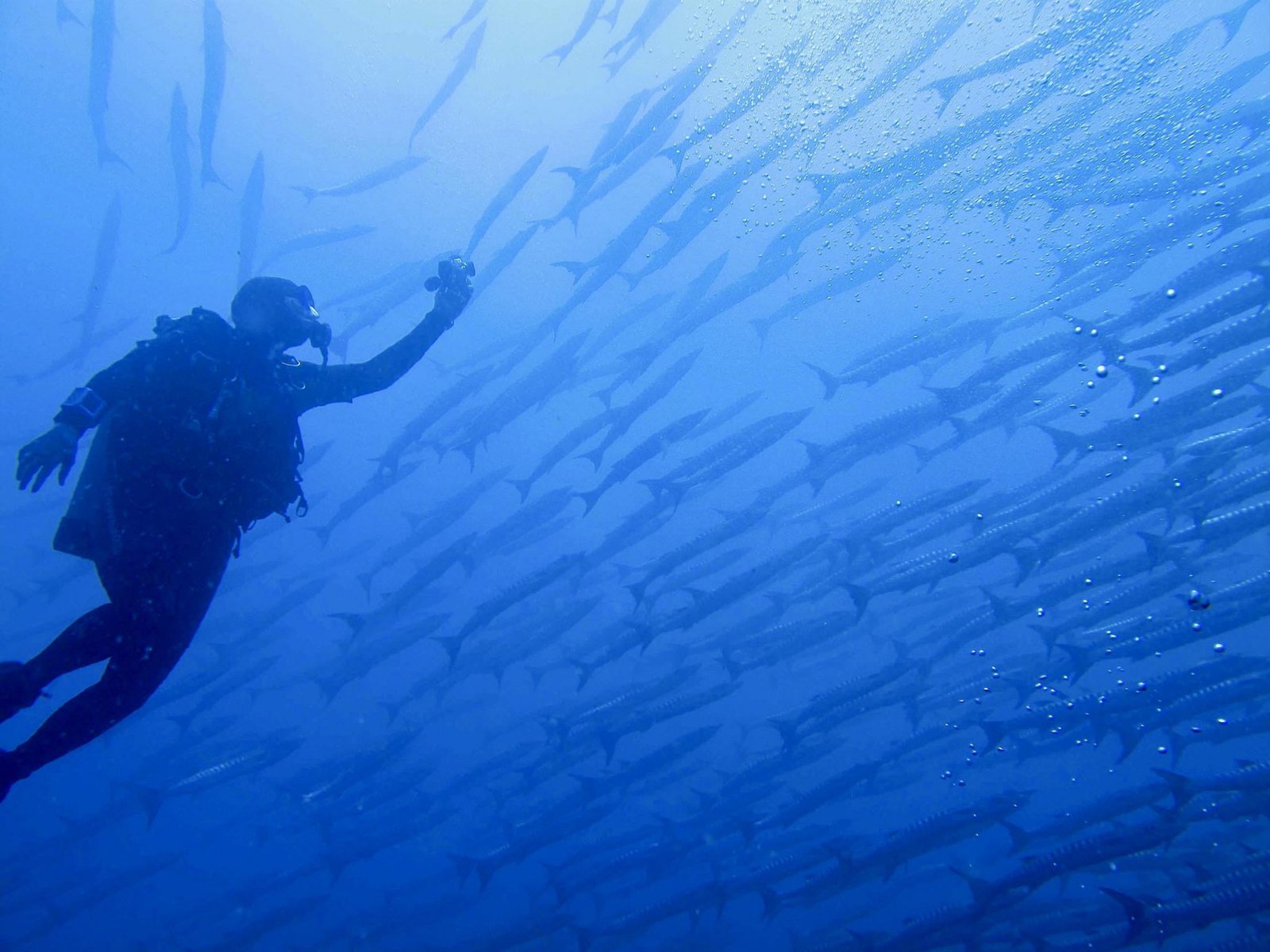
©Kevan Mantell
Talking to Kevan is fascinating; he notes that there are so many beautiful archipelagos in this part of Panama that a diver could explore a different archipelago every day. Kevan assures us that the waters of Coiba have something for everyone.
Inexperienced divers can visit reefs, rocks, and pinnacles in calm, shallow waters and still see an immense variety of marine life: sharks, turtles, bottom-dwelling rays, shoals of reef fish, and an abundance of unique life forms. Trained divers with more experience can head for less-explored spots buffeted by currents and marked by changes of temperature and visibility. They might encounter larger and more extravagant specimens or witness extraordinary events like mating rituals.
Divers with technical training descend to the Twilight Zone (mesophotic zone) at a depth of 130 to 200 feet. There, everything moves more slowly. Spectacular deepwater reefs grow horizontally to take advantage of the faint light that reaches the zone. This marine ecosystem has not been studied by science, and some parts of it may yet be unexplored.
Coiba, the largest island in the Panamanian Pacific, is part of an archipelago of 38 islands and islets. Coiba’s 85-year spell as a maximum-security penal colony protected its wild treasures from colonization and exploitation.
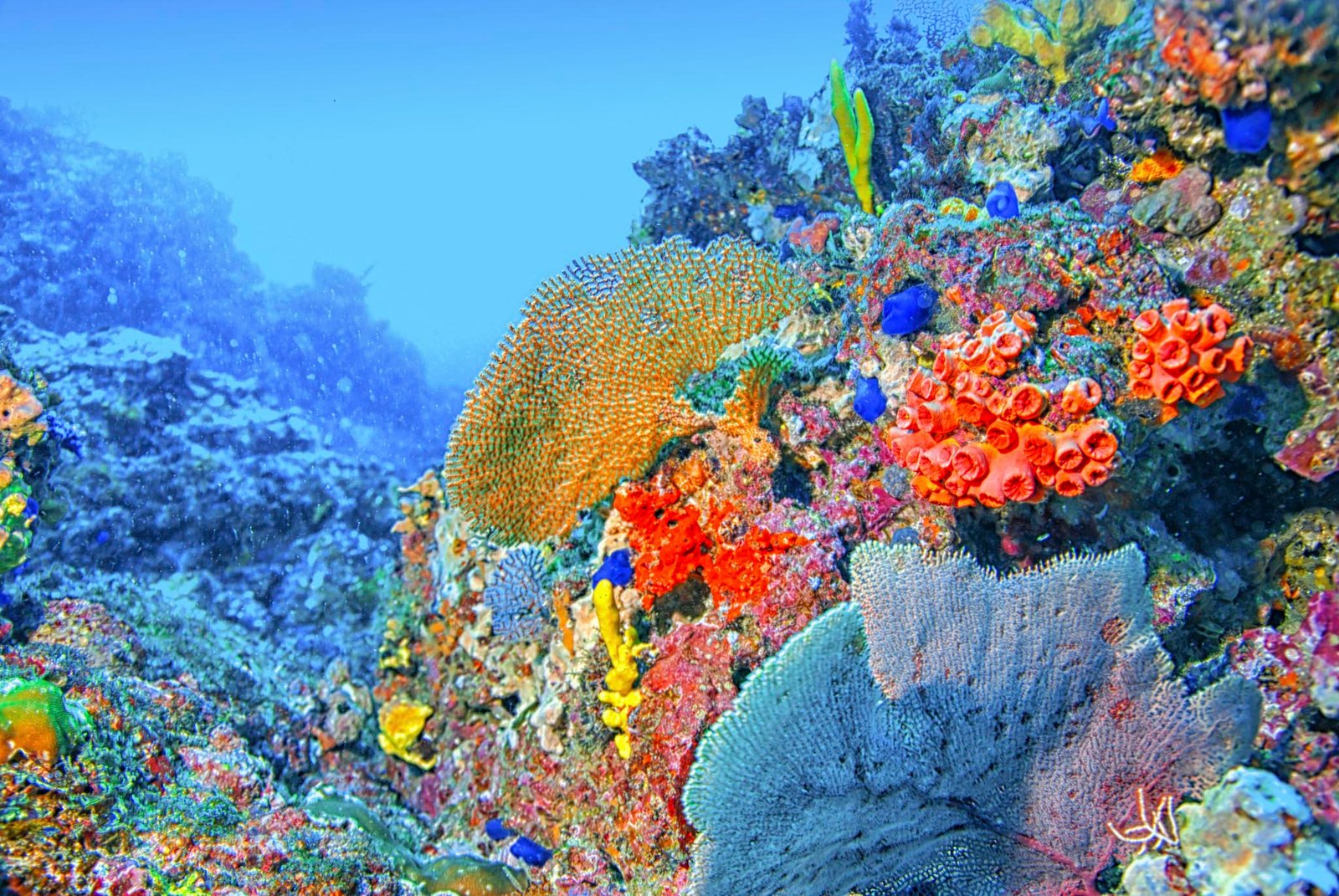
©Javier Pinzón
From Pixvae
kevan@divebasecoiba.com, divebasecoiba@gmail.com
Kevan: (+507) 6948 2240.
Laura: (+507) 6662 4539.
Includes a naturalist guide, a divemaster, the boat and its captain, tanks, weights, and all the equipment necessary for safe diving. Nitrox and mixed gases such as Trimix are available for deep dives.
From Santa Catalina
scubacoiba.com
info@scubacoiba.com
Tels. (507) 6980 7122 / (507) 63337 646.
Julie: (507) 6774 0808.
Glenn: (507) 678 01141.
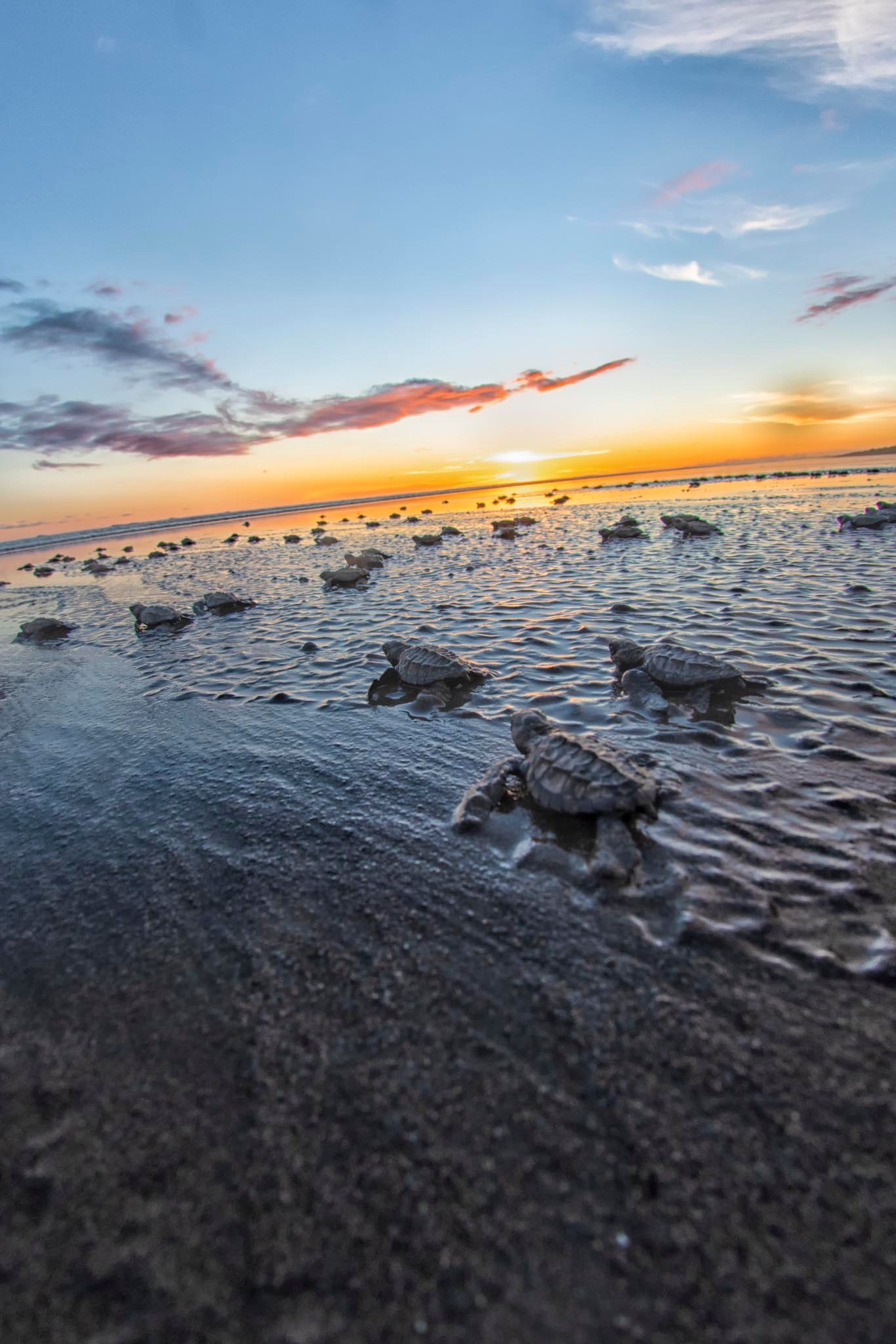
©Javier Pinzón
Releasing Turtles
Tourists can visit the southern Azuero Peninsula for a highly emotional encounter with wild fauna: watching a nest of eggs hatch and then releasing the tiny turtles into the vastness of the ocean.
Isla Cañas is a perfect spot for this experience. For one week a month, from September to November, hundreds of turtles leave the sea and slowly clamber up the wide 8-mile-long beach to dig nests and lay their eggs. This particular spot boasts the largest number of nesting turtles in the Panamanian Pacific, including olive ridley, green, loggerhead, and even hawksbill sea turtles.
The hatchlings appear some 55 to 60 days later, and they need to move to stretch their muscles after having been scrunched inside the egg. Their brains record information about the beach so they can return here as adults to lay their eggs in the same place they were born. The dash to the water is long and strewn with obstacles: the sun, crabs, dogs, and even people threaten the newborns, which is why local children have been trained to escort the hatchlings on this first stretch of their road to survival.
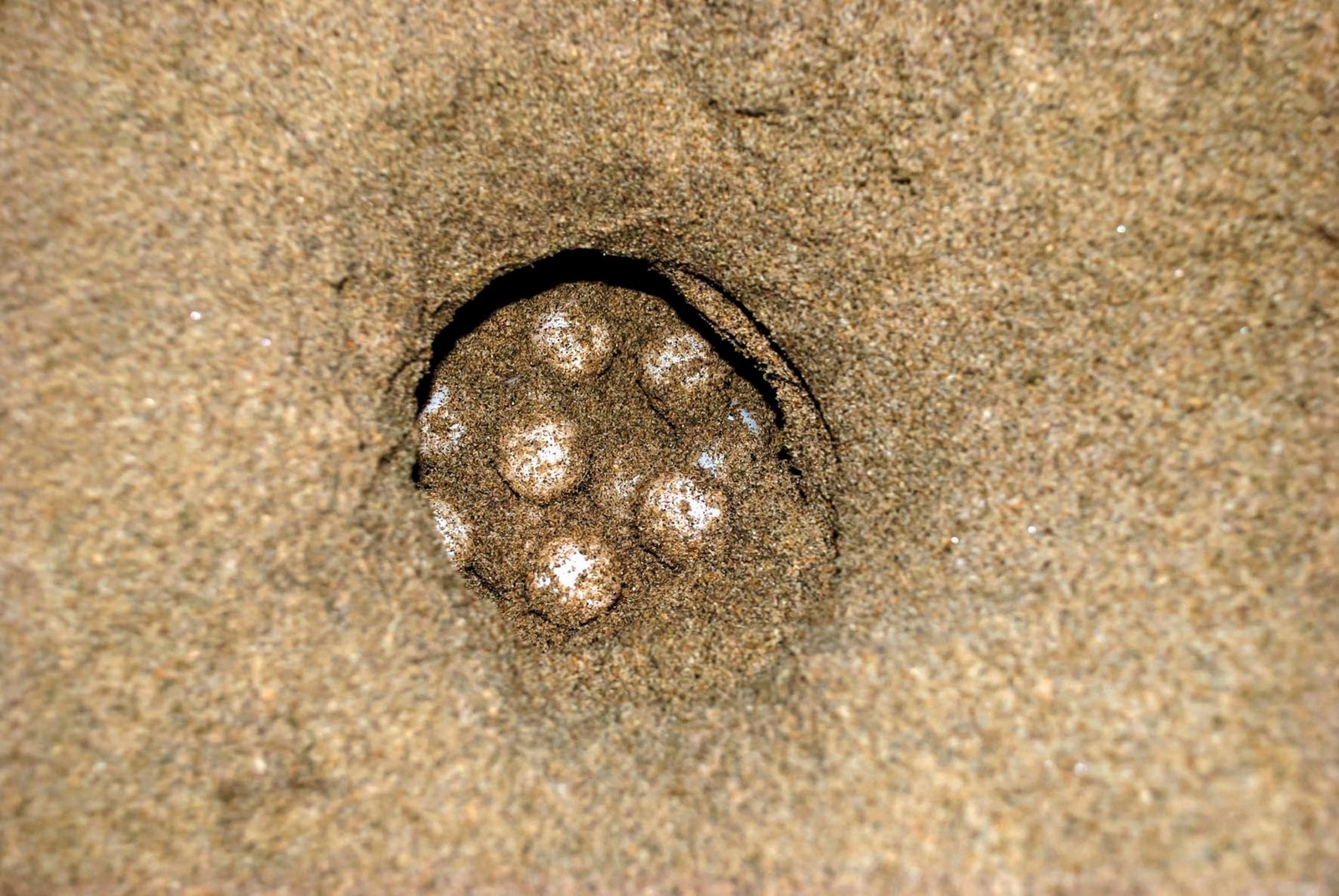
@Shutterstock
Another celebrated spot for this pageant is Las Lajas (Chiriquí), a beach located an hour’s drive from David. There, local resident Kerin Antonio Loo tells us about a night encounter with an enormous Kemp’s ridley sea turtle that was laying eggs on the beach. This experience inspired him to protect the turtles. Along with some of his neighbors from Playa Barqueta, he learned how to patrol the beach in search of nests, move the eggs to hatcheries, and later release the newborn turtles. A Las Lajas adventure might peak after sunset, when low tide reveals a perfect reflection of the sky on the sand as you help Kerin release these tiny turtles to begin their genetically-programmed sprint to the water.
Just down the road is Playa Barqueta, where the University of Chiriquí (Unachi) runs a turtle conservation project headed by professor Juan Blas. The community has organized under the aegis of the Rastros de Vida Foundation, following in the footsteps of Alexánder Rojas, who leads the beach patrols and tends the hatchery. In 2019, 5,632 newborns were released, and 8,182 were released in 2020. So far this year, 6,600 hatchlings have been released, and there are seventy nests of eggs waiting to hatch. Visitors can call the community to find out when they would have the best chance of seeing the baby turtles.
The beaches of Chiriquí can be reached from comfortable hotels in the city of David or from the resorts dotted along these extensive sweeps of sand. The Azuero Peninsula demands a bit more of an adventurous spirit. Community projects on the beaches of Malena and Mata Oscura have become a tourist attraction called The Turtle Route. Nearby La Marinera beach is one of the twenty sites in the world (a list that also includes Isla Cañas) that see these mass arrivals of turtles.

©Javier Pinzón
For further information:
Isla Cañas: ICT/Experiencias
WhatsApp: (507) 6718 0032, islac2010@hotmail.com,
@ict.experiencias.
Turismo comunitario:
Playa Barqueta: Fundación Rastros de Vida. Marieth:
Tel. (507) 6749 9927.
Playa Las Lajas: Amigos de las Tortugas Playa Las Lajas.
Kevin: (507) 6304 3622.
Playa Malena:
Asociación Conservacionista de Playa Malena.
Mata Oscura:
Fundación Agua y Tierra.
fundatpanama@gmail.com
Cel. (507) 68130970.
Diving in the Caribbean
Beneath the serene waters of Portobelo National Park live several species of colorful corals that are home to fish, mollusks, worms, crustaceans, echinoderms, sponges, and many other sea creatures.
It is a world of varied colors, shapes, and lifestyles. Reefs account for only 0.1% of the world’s oceans, but they provide shelter and feeding, mating, and nesting areas for 25% of all species. Unfortunately, this ecosystem is in imminent danger of extinction. According to the Marine Ecosystems Division of the UN Environment Program, we could lose living coral reefs by the year 2050. Global warming and acidification of the oceans stress the corals to the point of bleaching, which reduces their ability to reproduce, and can kill them.
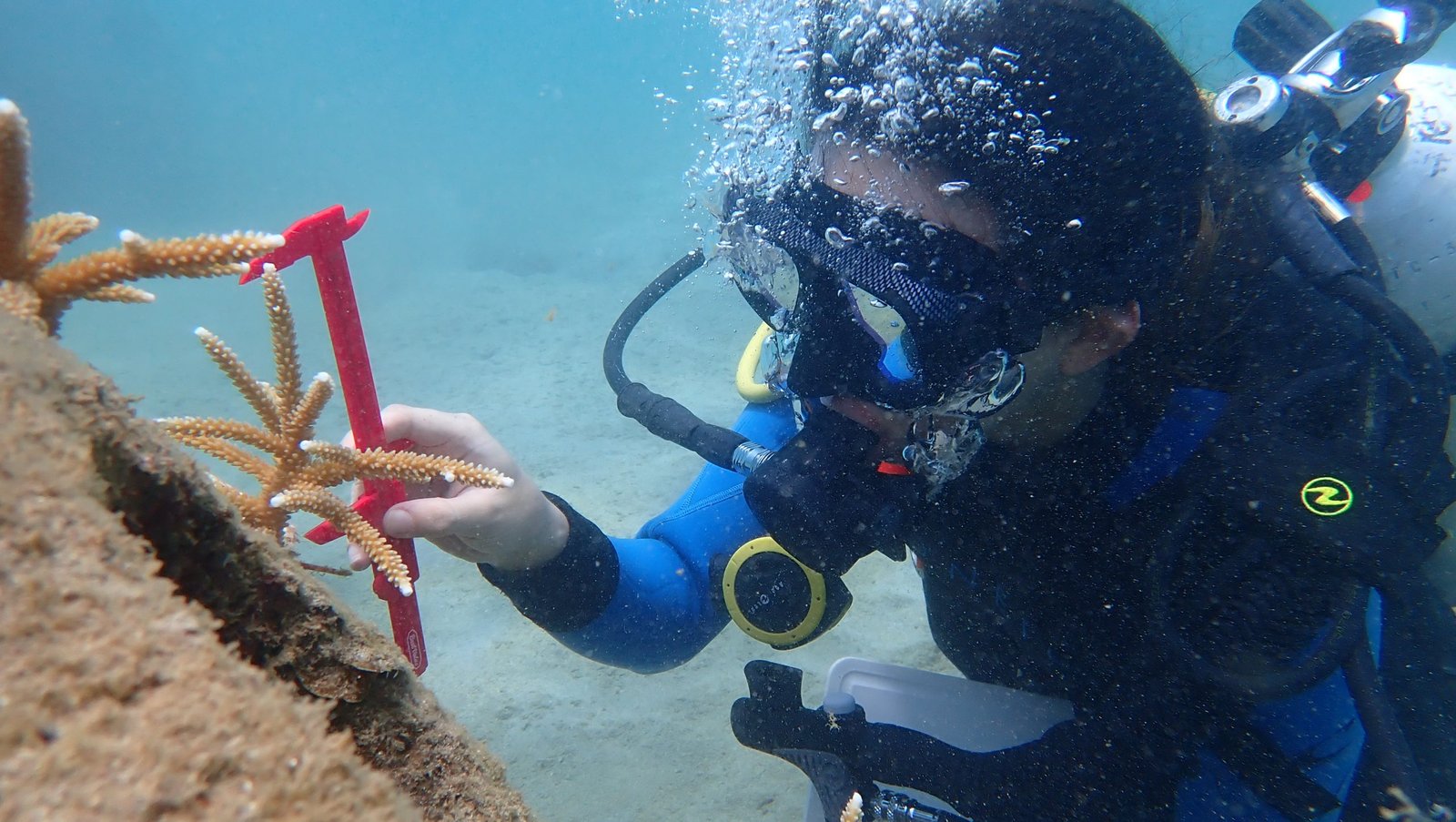
©Javier Pardo Díaz
Scuba Panamá, a company that has been showing these wonders to tourists for more than twenty years through certified diving courses (PADI) or snorkeling adventures, promotes this incomparable tourist draw.
Two years ago, they joined with the Maritime University of Panama to cultivate corals in one of Portobelo’s most spectacular locations: Playa Huertas. With the Reef2Reef Foundation, they are exploring the development of two different systems of reproduction through fragmentation of the staghorn species of coral, which grows four to eight inches per year. Another element of the project is the “Adopt a Coral” fundraising campaign.
This project adds a new dimension to the experience of diving in Portobelo Bay. Not only do these excursions allow visitors to dive in a safe and environmentally-friendly way, but they contribute to the repopulation of coral in an area that has the potential to become one of its preeminent habitats.
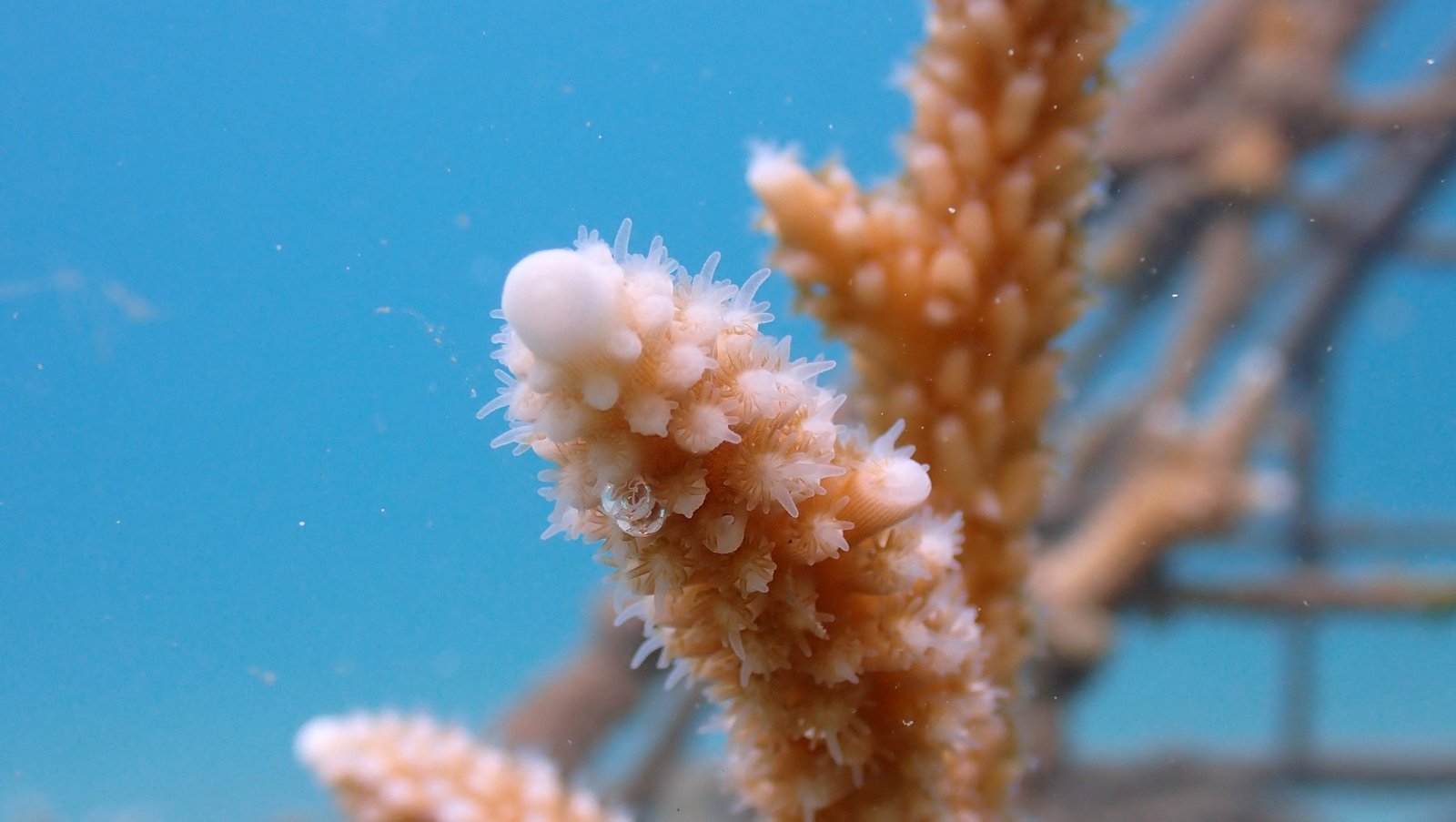
©Javier Pardo Díaz
For further information:
scubapanama@scubapanama.com
Tels. +(507) 261 3841
+(507) 261 4064.
Whales in the Pacific
Since time immemorial, when Panama emerged from the depths of the ocean to unite North and South America, the isthmus has been a bridge of life crossed by hundreds of species, creating a genetic exchange and an unprecedented explosion of life on the planet. Connecting the land meant dividing the sea, thereby changing the ocean currents and even the global climate. One mass migration remained unchanged: the annual visit to the tropics by enormous humpback whales in search of warm waters in which to mate, give birth, and teach their calves to swim.

©Eduardo Estrada
Estos enormes especímenes, que pueden llegar a pesar 36.000 kilos, viajan hasta 25.000 kilómetros desde el sur del planeta, en donde está su zona de alimentación, para llegar al trópico. En agosto comienza la temporada y se mantiene casi hasta noviembre. Se calcula que unas mil ballenas nos visitan cada año, llamando la atención por su extrema actividad. Las crías llegan a medir entre cuatro y cinco metros de largo y los adultos de doce a quince metros. Se comunican entre sí a través de cantos subacuáticos que se escuchan a kilómetros de distancia y logran mover su gran masa de peso para dar grandes saltos en sus rituales de apareamiento.
Del 1° de agosto al 30 de noviembre, la Autoridad del Canal de Panamá pone en vigencia la restricción de velocidades hasta diez nudos, para evitar colisiones mortales con ballenas, desde la latitud 08º00’,00 Norte en ambas vías de circulación del dispositivo de separación del tráfico en el Golfo de Panamá. Hasta estas latitudes llegan también ballenas del norte, menos investigadas, pero está claro que en algún momento se encuentran con sus hermanas del sur y se cree que incluso ha habido cruce de especies. Panamá sigue siendo tierra de encuentros.
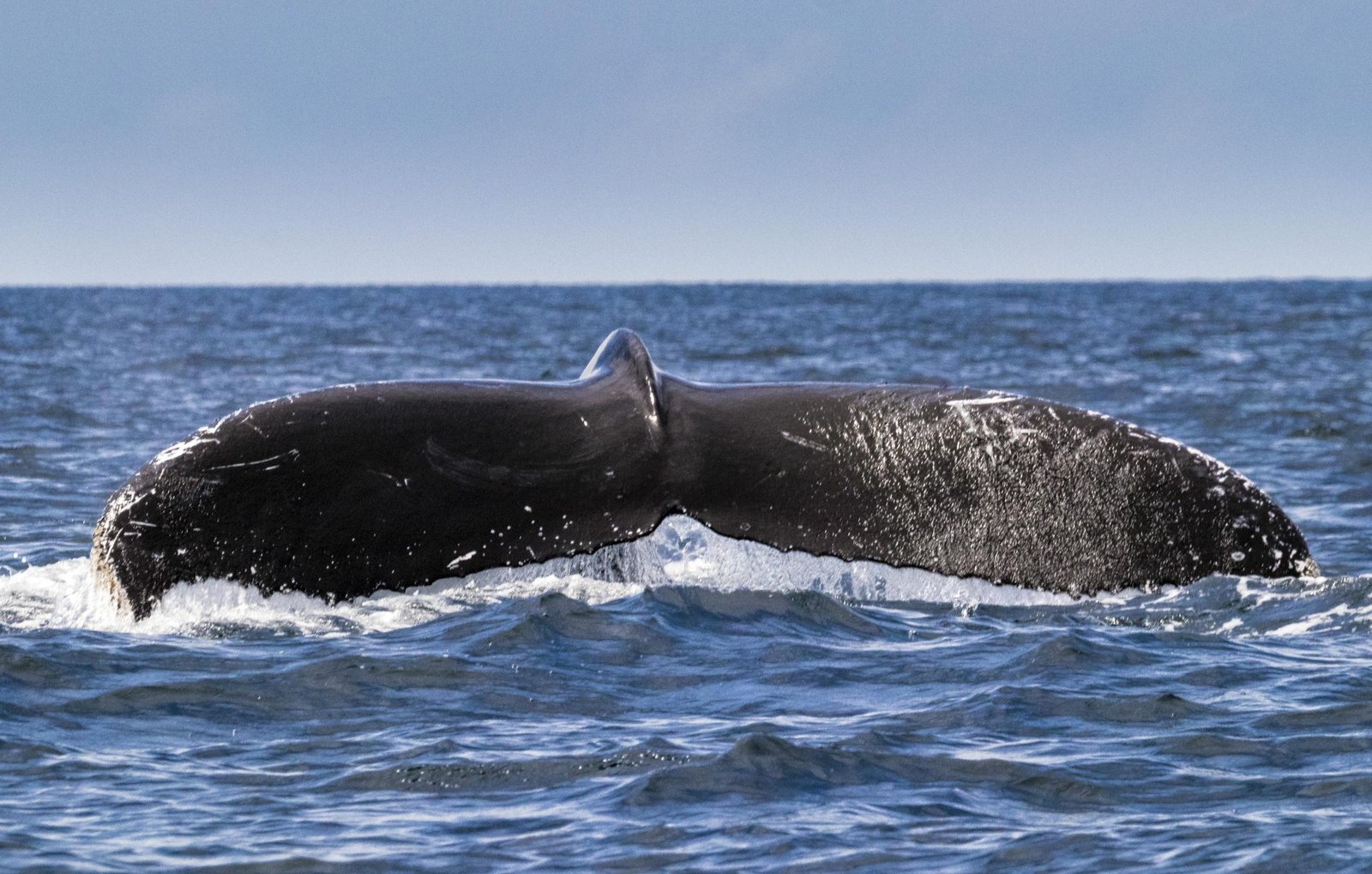
©Eduardo Estrada
Visiting The Pacific
“Whale season” runs from July to october, but the Gulfs of Panama and Chiriquí offer incredible adventures year-round.
To visit the Gulf of Panama
Redcat, mega catamarán. Redcatpanama.com
info@PanamaSaSallingTours.com
Tel. (507) 8315 058.
Panama Whale Watching
Tel: (507) 6440 7600
Para visitar Golfo de Chiriquí / To visit the Gulf of Panama
Info@pacificadvent.com
Tel. (507) 66730 256.
Punta Chame
Turismo comunitario
Qtarras tours S.A.
Gerente.qtarras@gmail.com
Tel. (507) 663 786 513.